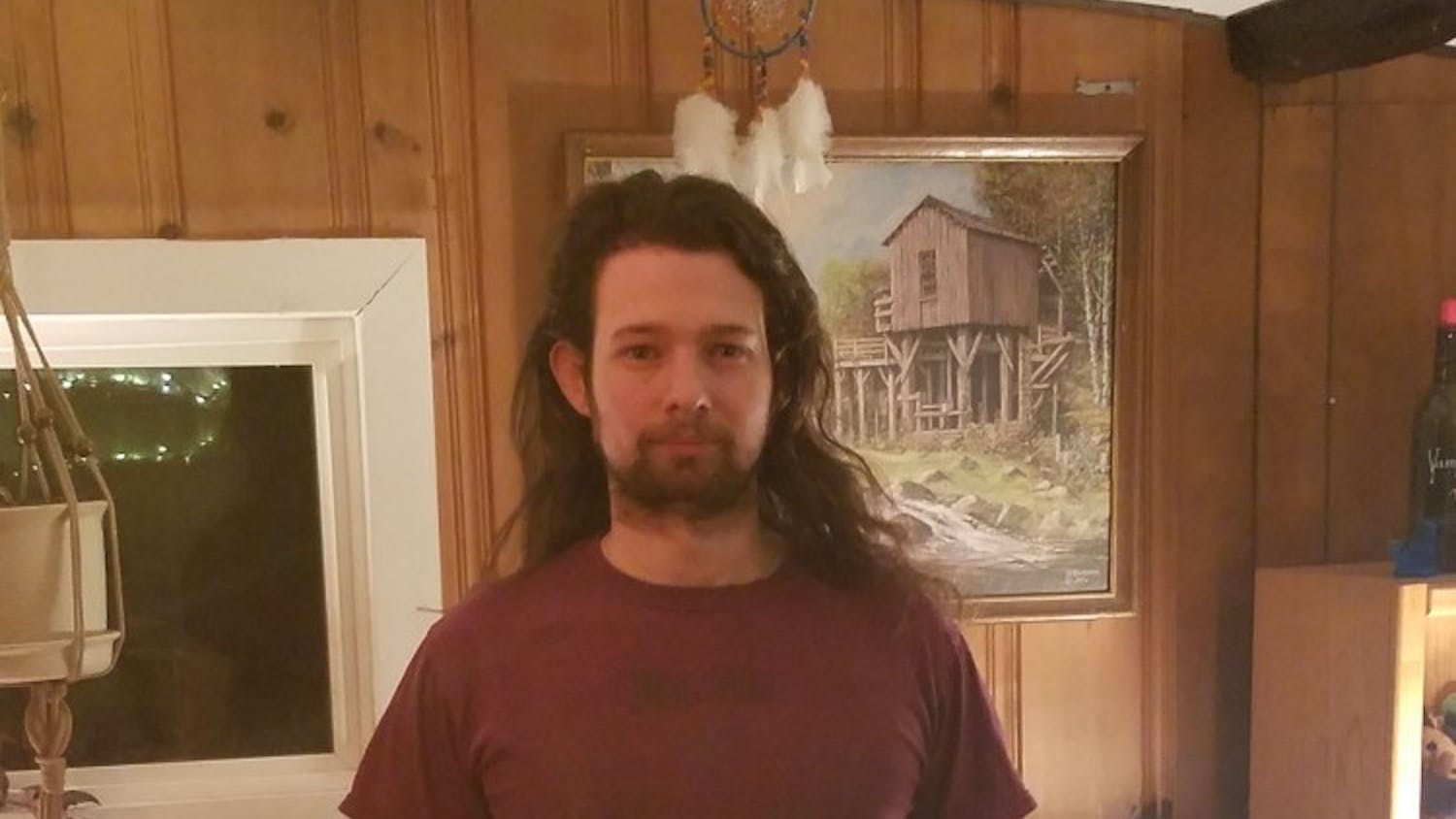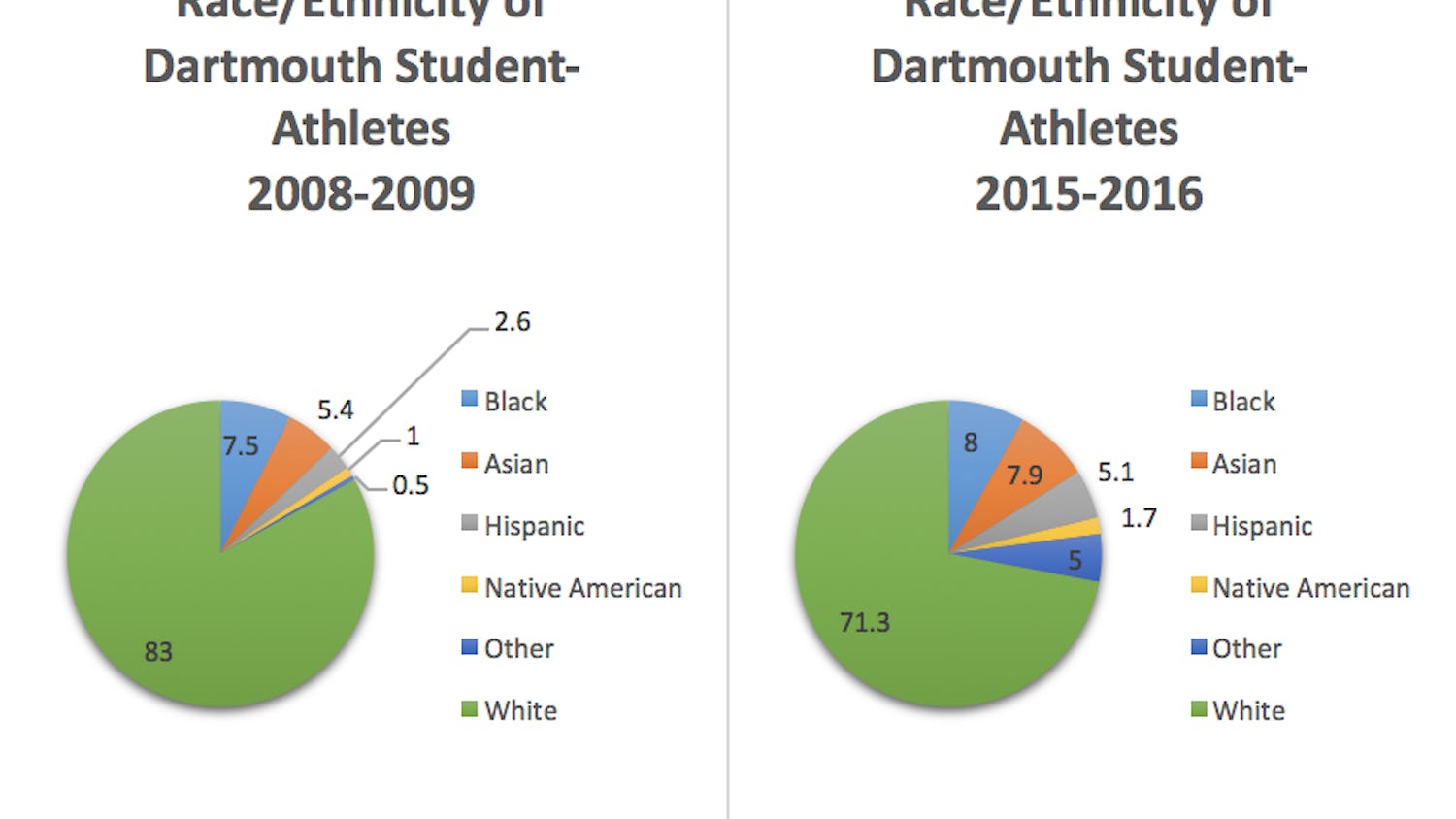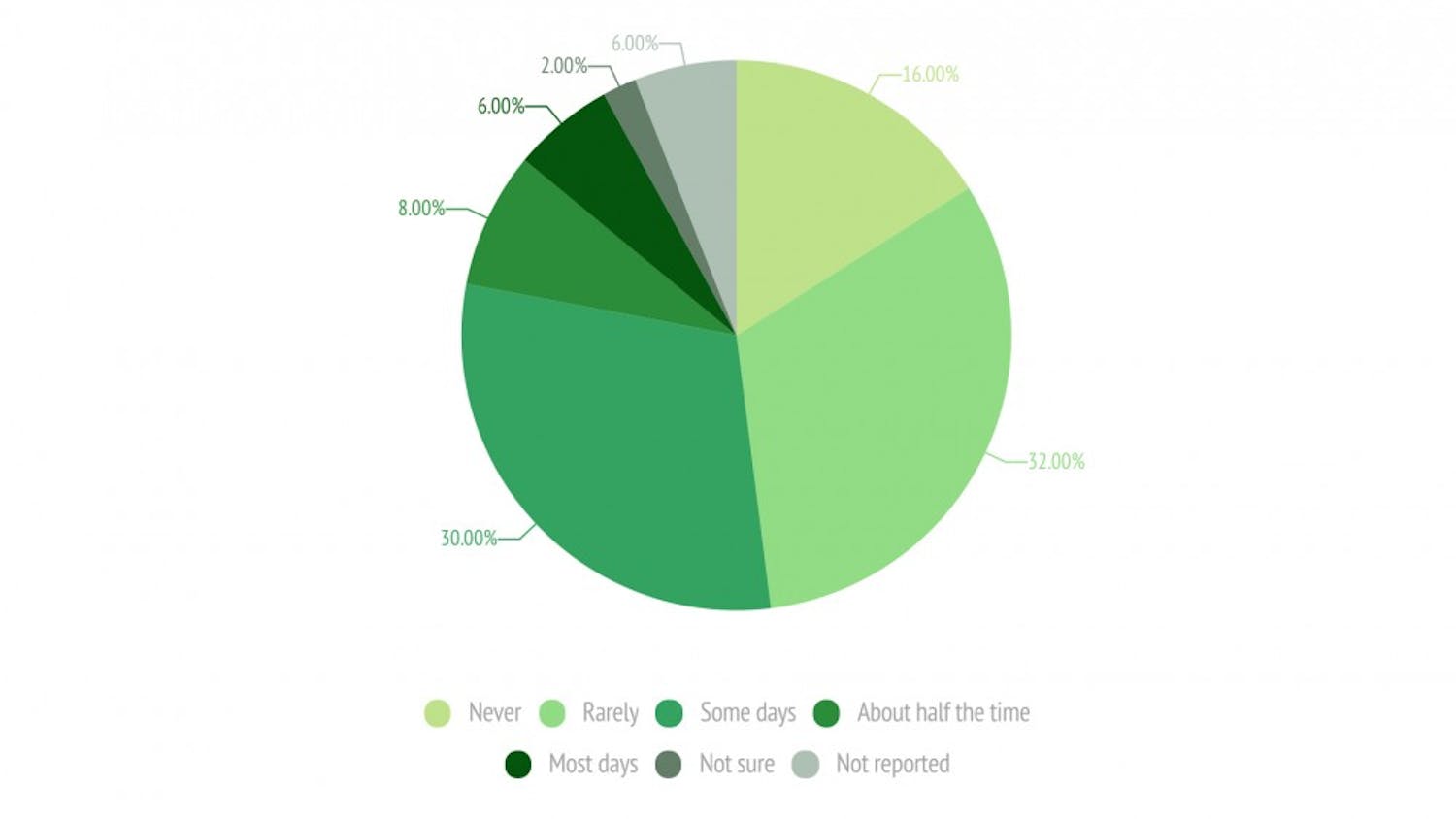Next fall, Dartmouth will welcome members of the Class of 2023 from all 50 states, the District of Columbia, Puerto Rico and Guam, and from 69 other countries, making it the most geographically diverse class in the College’s history. Accordingly, these students will also be graduates of all different types of high schools, ranging from elite preparatory schools in the northeast to small public schools in the south. Regardless of their background, however, they all experience the same phenomenon upon their arrival to the College: the grind.
Andrada Pantelimon ’22 is from Bucharest, Romania. Her graduating class was twenty students, with ten on the science track. Out of all of these students, she’s the only one attending college in the United States.
In the Romanian educational system, students are able to choose general tracks, such as science, but not subjects within those areas, according to Pantelimon. Consequently, she says she felt well prepared in some broad areas, but not in others where more in-depth instruction would have been helpful.
“For [biology], for instance, we had some pretty basic exposure, but then coming here, I wasn’t even sure what it was about,” Pantelimon said. “Coming into a class with people who’d taken [Advanced Placement] classes, I was definitely not as well prepared.”
Pantelimon also had to adjust to the differences in learning styles between Romanian and American classes. Overall, she’s noticed more emphasis on practical application.
“Kids in the U.S., if you explain things to them using a day-to-day example, they’re like, ‘Oh, that’s how that works,’” Pantelimon said. “In Romania, for most subjects, you’re just given a theoretical framework first and not always shown how to apply that to the real world.”
Maddie Doerr ’22 is from Canton, GA. She attended a public high school with about 460 students in her graduating class. Only six percent of her graduating class left the state of Georgia for college. Doerr was the only student in her grade to go Dartmouth and one of two students admitted to an Ivy League school. She notes that it was difficult not knowing anyone on campus when she arrived.
“Both [academically and socially], it’s a little unnerving when you first show up, just because you’re in a really new place, experiencing things you’ve never experienced before and just trying to adjust,” Doerr said. “It did push me to be the person I wanted to be, not the person people from high school knew me as.”
Marc Sevastopoulo ’19 is originally from New York City but went to high school at a boarding school in Massachusetts that boasts a 5:1 student to faculty ratio and many notable alumi, including George H.W., George W. and Jeb Bush. Sevastopoulo describes it as a “pretty prototypical prep school” and said that he doesn’t know exactly how many graduates from Andover came to Dartmouth his year but guesses it was around 10.
“That was a pretty middle-of-the-road year,” Sevastopoulo said. “Someone told me that there was something like 75 applicants two years after me.”
He says his transition to college was relatively easy. Because he was used to the dorm living environment and the independence of living on his own, Sevastopoulo said he felt well prepared for the academic rigor of Dartmouth.
“At times, high school was way harder. I took way more classes, and I felt that my peers were really academically motivated. I did more work at Andover than I do now on a day-to-day basis,” Sevastopuolo said. “I just felt comparatively well-prepared. High school set me up to expect a really big grind and to know that it’s not going to be easy to perform well.”
Obviously, Dartmouth can’t entirely make up for differences in students’ high school educations, but the College does offer a plethora of academic resources to that end. However, different students have varying attitudes on the effectiveness of these resources.
Sevastopoulo says he has felt very comfortable using Dartmouth’s academic resources when he has needed help. He is currently using a peer tutor for an economics class.
“I think there’s sometimes a stigma against leveraging peer tutoring or the Academic Skills Center,” Sevastopoulo said. “I didn’t want to think that I needed it, but if you get over that hurdle pretty quickly it opens up a lot of opportunity.”
Upon the recommendation of her professor, Pantelimon also started utilizing Dartmouth’s academic resources and joined a study group for biology, which she didn’t find particularly helpful. She also got matched with a tutor for physics, but didn’t end up using him at all. Now, she prefers going to office hours with questions or talking to teaching assistants.
“I’m not afraid of looking foolish in front of them, and I feel like they can explain things better than someone my own age,” Pantelimon said.
As Dartmouth continues its effort to maintain geographic diversity, each incoming class will continue to host a wide range of differences in regard to where students come from and what their high school experiences were like. At the end of the day, however, it is this diversity of backgrounds that makes Dartmouth a special place to be.



